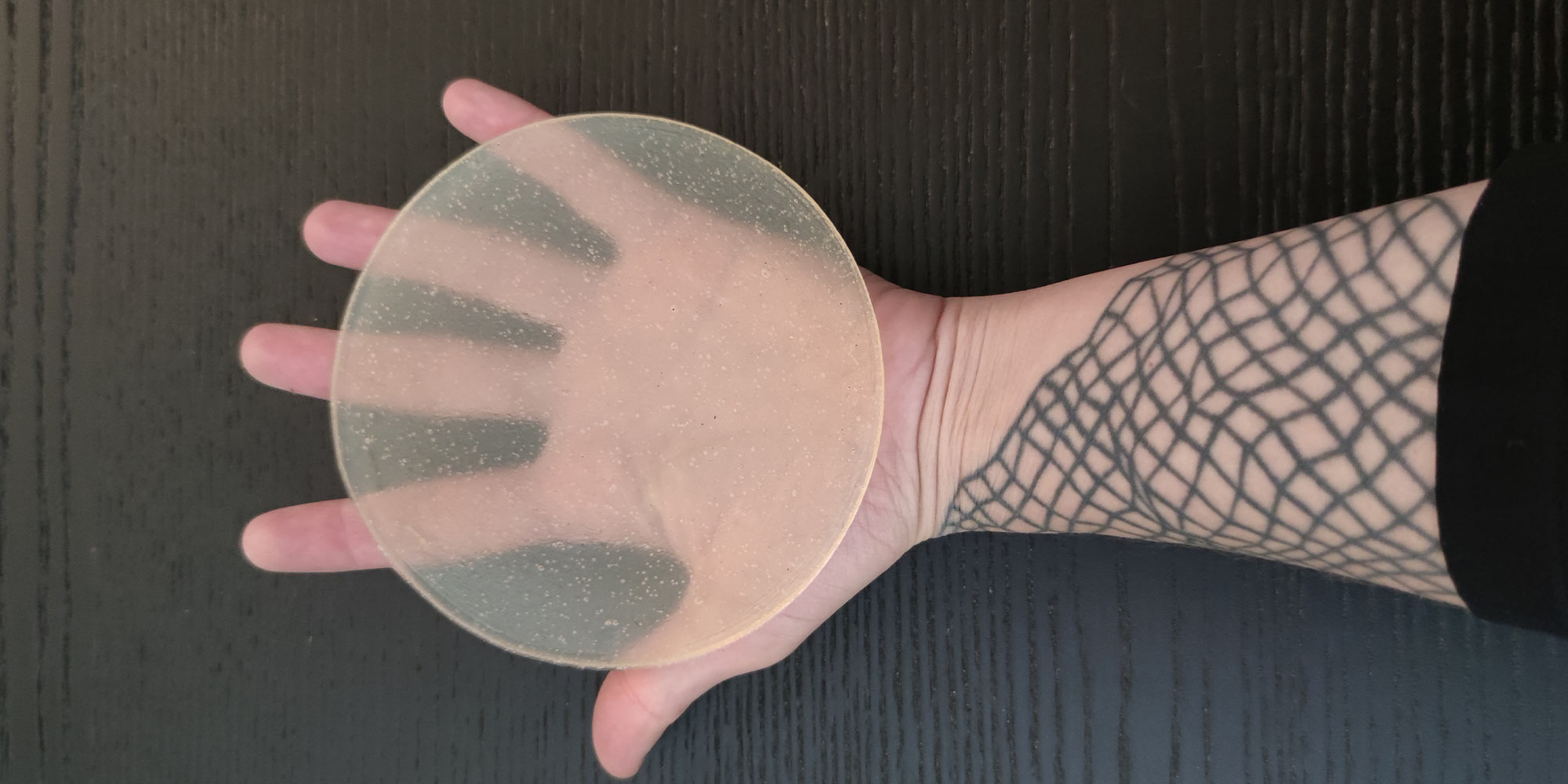The S+T+ARTS Residency hosted by Ars Electronica and its regional partners, Innovationshauptplatz of the City of Linz, Greiner Innoventures and Johannes Kepler University Linz kicked-off at the beginning of February. S+T+ARTS Residencies is part of S+T+ARTS – an initiative of the European Commission that explores and exploits the innovation potential of the place where Science + Technology + the ARTS intersect.
Circular Futures is one of the over 125 S+T+ARTS Residencies hosted since the launch of the initiative 5 years ago.
We spoke to the artists in residence Kat Austen and artist-designer Fara Peluso about their project – Circular Records – and what is needed for our economy to become circular. Circular Records will develop a solution that addresses the environmental impact of new media art, focussing on sound art, by creating a zero- or low-carbon way for listeners to acquire sound works.
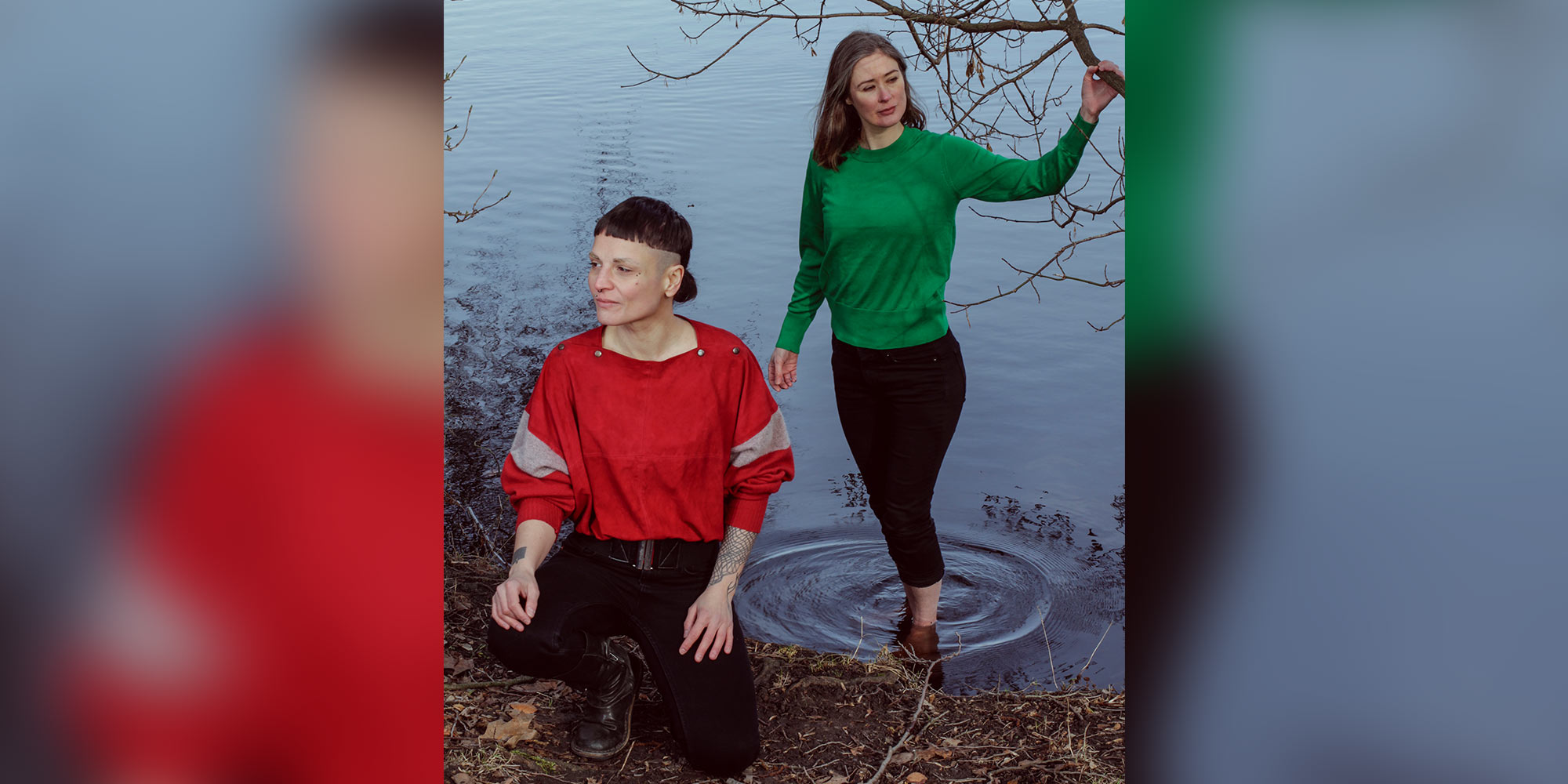
Tell us a bit about Circular Records? How did you come up with the idea? What was the motivation behind creating this proposal?
Kat Austen: Circular Records was prompted by the fact that I was releasing a new album about fossil fuel extraction and our relationship to fossil fuel. I was very aware of the environmental cost of sharing music either physically or digitally and looking for an alternative that would allow me to release a physical copy without entangling it with fossil fuels. I looked around for options, I even looked at older alternatives and I couldn’t find anything that satisfied the needs of the project and my own ethical considerations. That was the initial push for me. Then I found out that Fara had been already working on the development of biomaterials that could be turned into vinyl. So we got together, had a chat about it and decided that we wanted to go forward with it. Then when we saw the call for Circular Futures, we thought that’s a perfect fit. But Fara has been working on this for years.
Fara Peluso: Yes. I started my research on bioplastic while I was studying for my graduation thesis. I’ve always had an experimental approach in my work, a complex methodology that Kat and I actually share. I began researching algae microorganisms. At first, I was looking into the biological process and geometrical structures. I come from an industrial design background and I was interested in shapes that we cannot see with the naked eye and can only study under a microscope, to employ in architecture and design. But at the same time, I developed an interest in researching and developing bioplastic out of algae. In parallel to the focus on the poetry and agency of algae, I was constantly trying to improve different aspects of bioplastic. A couple of years ago, I started to think about a possible bioplastic alternative to vinyl.
Kat and I were already connected through a beautiful project based here in Berlin, which is called DIY Hack the Panke, a project coordinated and founded by Art Laboratory Berlin. We are part of a group of artists and scientists that study and explore the water ecosystem of a river in the northern part of the city. We were already connected through a similar topic and then we decided to start this project because it made a lot of sense for us.

What are your expectations from this particular S+T+ARTS Residency? What excites you most about it?
Kat Austen: The range of partners within this residency is fantastic and we couldn’t wish for a better fit, in terms of what we would like to achieve. We’re still keen to be also talking with a record company, which would be the final piece of the puzzle. What we’re hoping to achieve by the end of the residency is a prototype of the record pressed with a reworked version of the This Land Is Not Mine album, which addresses the theme of fossil fuel extraction. One of the nice things about working with an existing musical work is that we can then showcase the emerging aesthetic, comparing and contrasting what the material offers and seeing how the music evolves in response to it. I hope we can raise questions about how we relate to carbon reserves, how we understand materiality and how we can learn from a landscape to move beyond fossil fuel – long carbon reserve – extraction and into something that’s much more beautiful and more sustainable.
Fara Peluso: We expect to have concrete physical outcomes, both in terms of the bioplastic and the sound experiments. We want to connect the quality of a new material with the aesthetic of a unique sound. We aim for a new material that is very similar to plastic but that can go beyond the limitations of plastic in that it can be released in the environment without long-term consequences. We also want Circular Records to be an example of a collaboration between actors from different fields, an example of a new way of working together. Besides the final product, we also want to create a common understanding of what the problems and limits are and set an example of an interdisciplinary methodology.
Kat Austen: Absolutely. The way that the S+T+ARTS Residency is structured facilitates it being art-led so the innovation that’s hopefully going to come out of it is directed by the needs of the artistic project. It is nice that we have a structure that supports that within the residency.
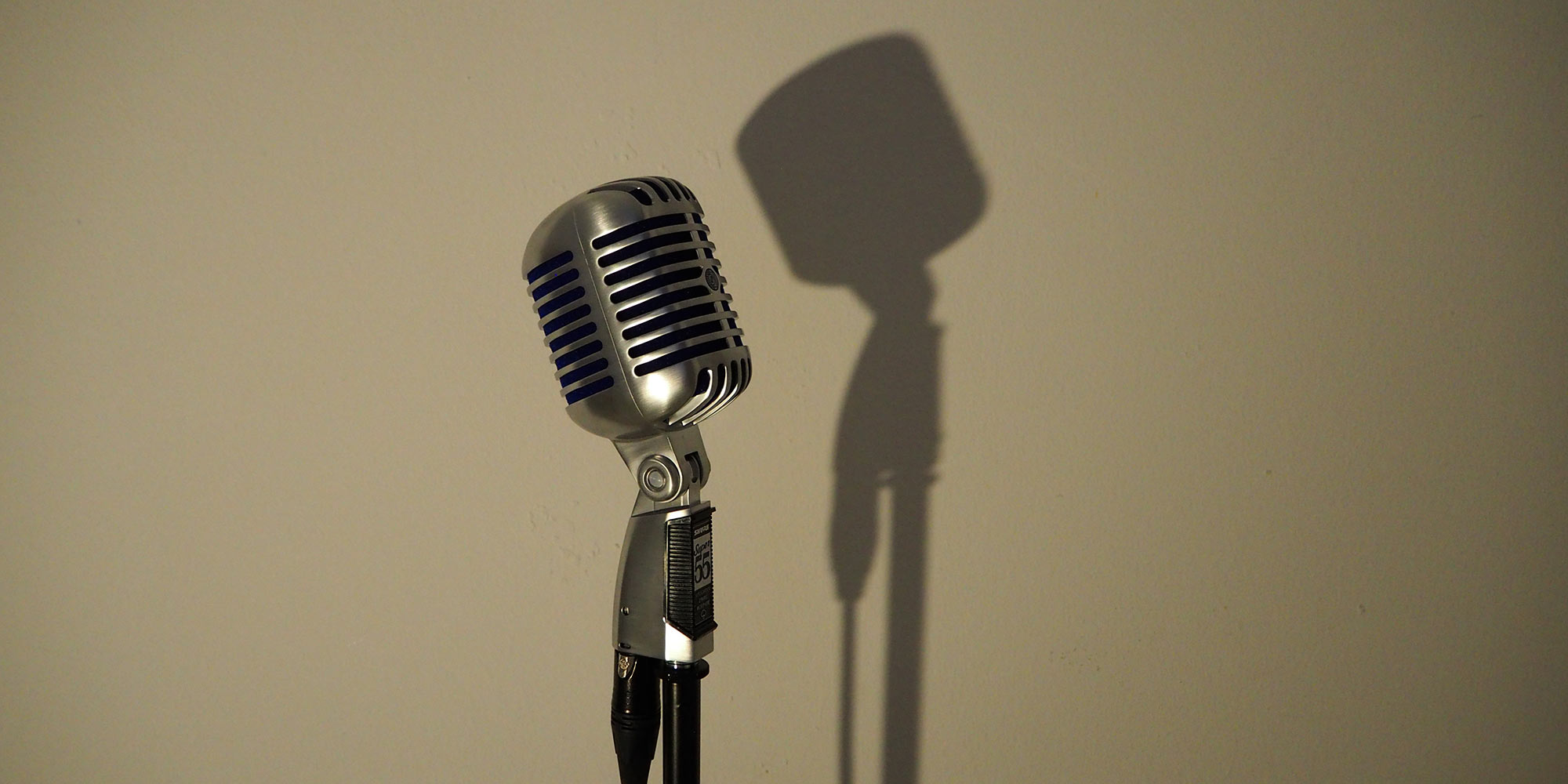
Your project sets an example also through the invitation to a self-reflection and self-critique exercise. Do you think this kind of exercise is essential for innovation in general, and therefore needed across different industries?
Kat Austen: Yes, I do. One of the things about a lot of businesses, at least those that I’ve had anything to do with, is that essentially they have a bottom line. They’re under other pressures from those that we’re under as artists. The pressure that I put myself under as an artist is to be conceptually coherent and do all my work with integrity. That’s not a luxury that is often afforded in other walks of life. In some ways, it’s much easier for us to say, we’re not satisfied with the solutions available so we’re either going to try to find one or not do it at all. That was the decision that I made with releasing a physical copy of the album This Land Is Not Mine. There isn’t a solution, so we don’t go ahead with it. Or we go ahead and make one of our own. Right, Fara? I would say absolutely that kind of self-critique and those kinds of standards are essential because they do raise different questions. But that’s not to say that innovation can’t happen without that, of course, it can.
Fara Peluso: For me, the word innovation cannot be limited to a specific specialization. For me, innovation means having different perspectives come together, and only this can have an innovative outcome.
By now we have a myriad of examples of small scale projects showing how a circular economy might be built or what it might look like. But we are yet to see these principles implemented on a larger scale. As artists and designers become more actively involved in innovation processes and their role as well as their responsibility expands, do you feel compelled to consider, in the early stages, how your work might translate on a larger scale?
Kat Austen: In terms of concepts, I don’t think any other way and never have. I always think about the ripples outside of whatever thing I’m researching. My problem is drawing the boundaries, not overcoming them. In terms of the materiality of the work, I’ve always been conscious of the material impact of the artworks and my own life, and I endeavour to only have a material impact that is absolutely crucial for the artwork itself. I always try to minimise my impact, except if it would be detrimental to the work. I would hope that the decisions I make that do create a material impact on the world are compensated for by the positive impact of addressing those problems through my work.
Fara Peluso: In the long term, I can see Circular Records as an example of a circular economy. I think also there’s the aspect of time. I know that it looks a bit futuristic today because we are in a capitalist era, but I think that this is an essential aspect to consider. The time that we invest in something in opposition to this pressure to produce, produce, produce that may stop us – artists, entrepreneurs, scientists – from reflecting on what we do. And I think that our work can be very much an example of why it’s important – I like to come back to the same concept – not to focus only on the final product, but also on the process and the time invested.
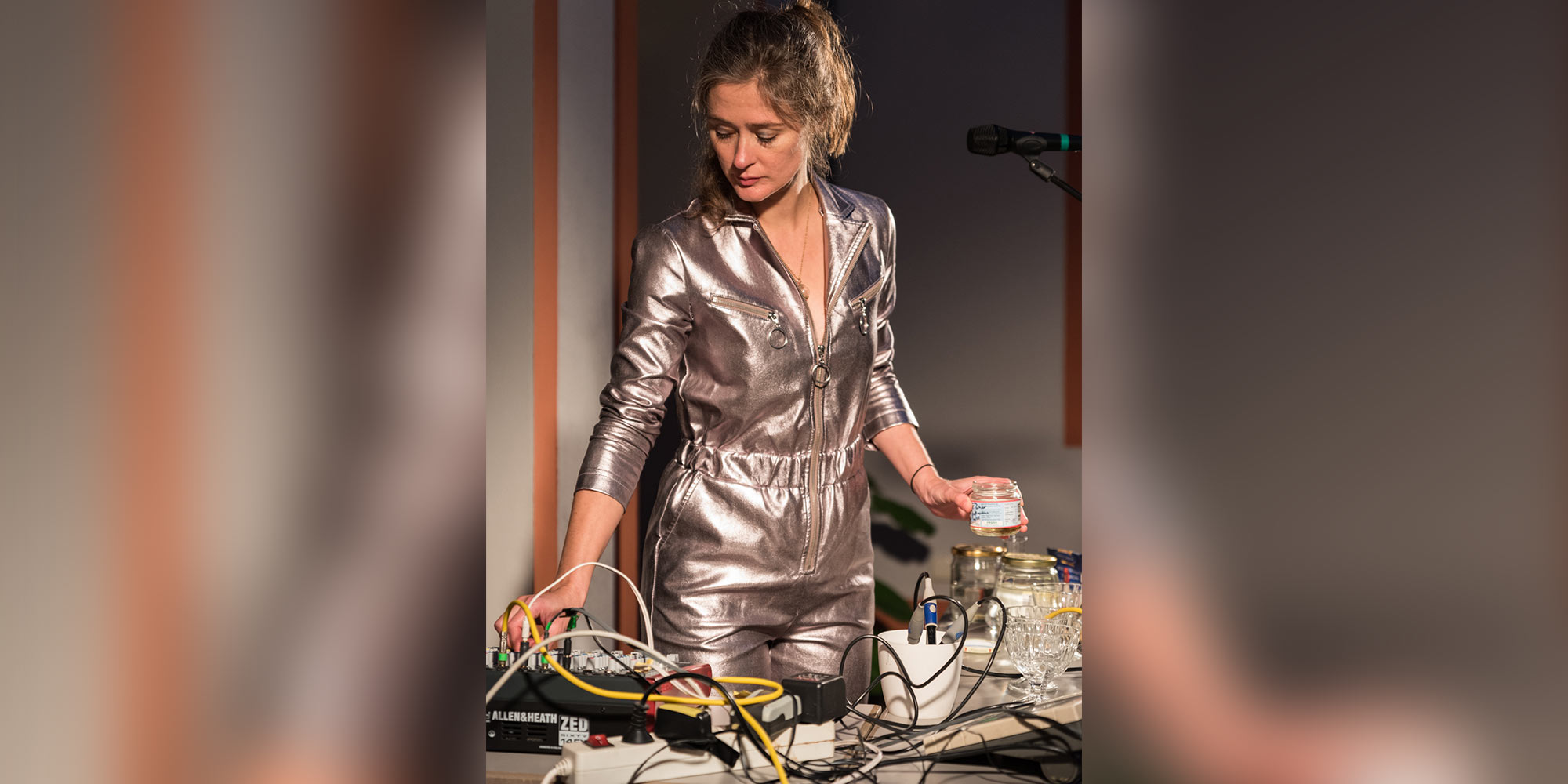
Speaking of this constant pressure to produce. Going from a linear to a circular economy means not dealing with the symptoms or by-products of a malfunctioning system anymore but instead rethinking the system altogether so that we reach a post-waste age. But can all the products enter the circular economy, or do you think we might have to come to terms with the fact that a change in how and what we consume is necessary? This would imply more of a cultural shift and an awareness at a collective level that can be rather difficult to achieve. How can we get there?
Kat Austen: We are culturally more aware of the questions that are entangled with transitioning to a circular economy and narratives about these topics are brought to the floor these days. I think that art has a role in fostering new ways of thinking about these things. And other parts of culture have a role in helping to solidify those new approaches and disseminate them, and to allow them to be actionable. With this project, we are even hopefully going to take a step towards that being actionable. From my perspective, I see the things that we do as being one node in a vast network of things that are pushing for a change towards circularity, sustainability, justice.
Fara Peluso: Thinking about the title of the project Repairing the Present, I found it very interesting because I think that while wanting to change and repair something is important, we should not pretend to be able to repair something now. I think that we should be aware of being innovators or pioneers that set the scene for a future change. I believe that all products can enter the circular economy only if we shift our attitudes. We need to choose the right material for the specific object and push this question until we find the solutions, which I’m confident we can. I believe that the all products can enter the circular economy only if we shift our attitudes, we need to choose the right material for the specific object and push this question until we don’t find the solutions, which I’m confident we have.
Speaking of all the different nodes that have to work together towards this. Do you think we need to do more also in terms of branding and selling circular products to counterbalance the powerful discourse of advertising that makes non-circular products so attractive to consumers?
Kat Austen: It’s partially about developing new aesthetics, which we’re aiming to do with circular records: a new aesthetic for a material that doesn’t have this impact, that is circular. Is it possible to compete with Apple, Google, in terms of advertising? The thing about technology is that there’s planned obsolescence, on the one hand, and aesthetic standards of what you can achieve with the software, on the other hand. So you have to keep upgrading to keep up. It’s not just about keeping the old machine going. It’s that the old machine isn’t keeping up with the requirements of today. And that’s a tough one to solve. And it also comes down to values, whether you value owning something above the quality of life of every entity on the planet. It’s a direct contradiction of those two different values that come together in the discussion of circular economy. And you make a choice with every purchase.
Fara Peluso: Something popped up in my mind when you asked, is it possible to compete with those companies? Of course, it’s very difficult. But why are we in a moment where they can produce something very expensive, very polluting, that we don’t want anymore only a few years later? Who decides what is desirable, who decides what is right, what is wrong? Why can’t we design an iPhone, that is old after two years anyway, out of bioplastics?
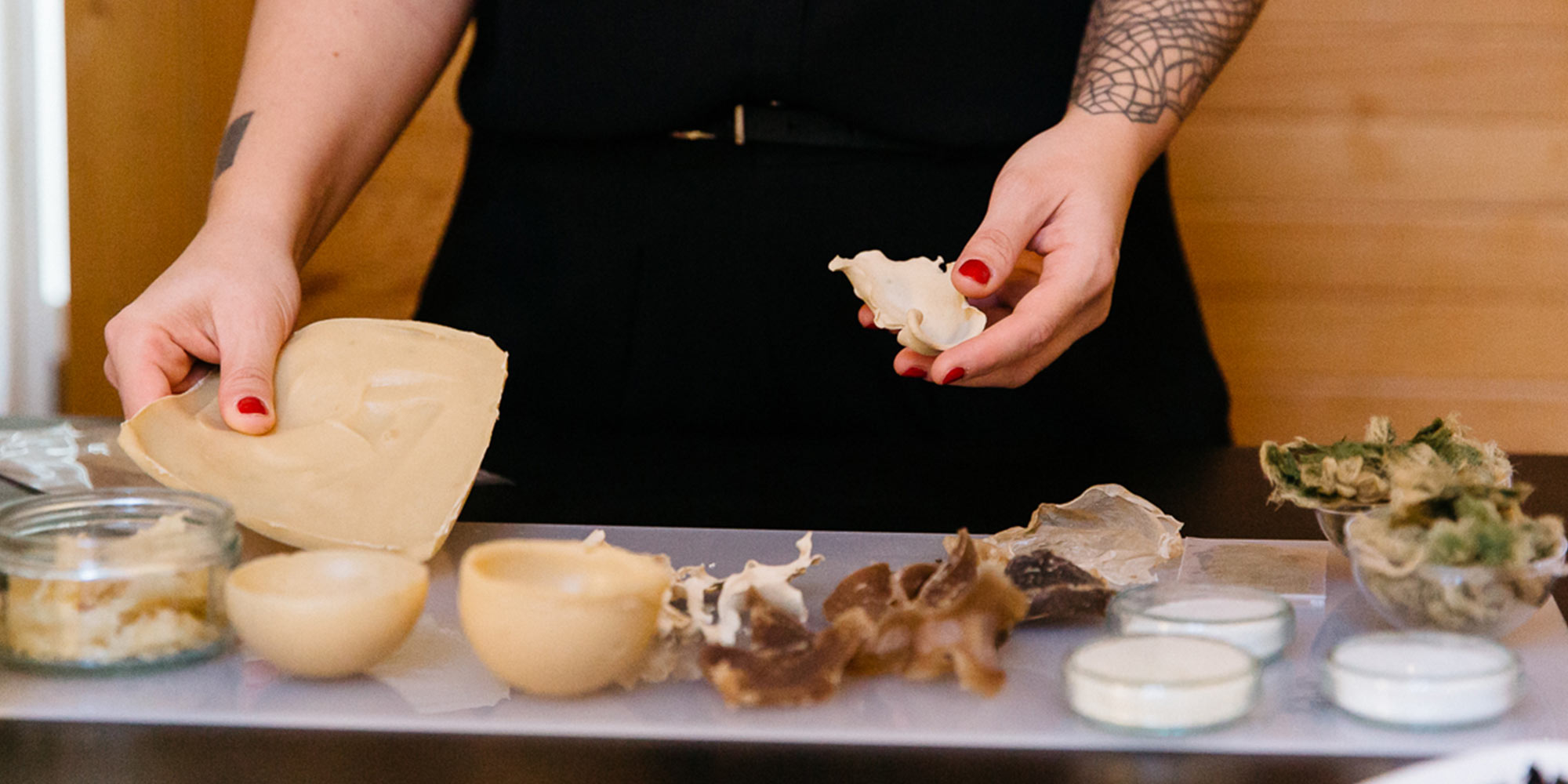
This throw-away culture might not apply to the art world where there is still a focus on preservation. The post waste mindset might have an impact on the conservation and preservation of artworks. How do you see this, especially in relation to Circular Records? What happens to the piece of music recorded on a circular record? Does it even matter?
Kat Austen: I would say that what is an artwork includes also many transient and intangible things, experiences, performances that are site-specific, once in a lifetime, sometimes not even witnessed. The art world has assimilated that and with it came an understanding that, in fact, art goes beyond having a painting that can go into a Museum and be there for hundreds of years. And in my opinion, it’s a good thing that we now see the value in not just the object of art but in the process of art. For me, Circular Records and the record that we will make is another way of presenting that music. It’s longer-lived than the performance, and it’s probably less long-lived than if we printed out the digital code into a book that codified all of the sound waves. But to me, the experience is the thing that matters, not necessarily the longevity of the object.
I think it’s super nice if, instead of appreciating the things we have around us, we begin to appreciate more every moment we have when we’re alive. To me, that’s what these kinds of approaches to art help consolidate: the idea that every single moment that I’m alive is unique, and I’m experiencing it and I’m going to try and see the beauty in it.
Fara Peluso: Talking about what can we learn. I like to think that perhaps we can learn from something only when this thing doesn’t exist anymore, and we see what remains, the memory and the meanings of it.
This project has received funding from the European Commission’s Directorate-General for Communications Networks, Content and Technology under grant agreement LC01641664.
